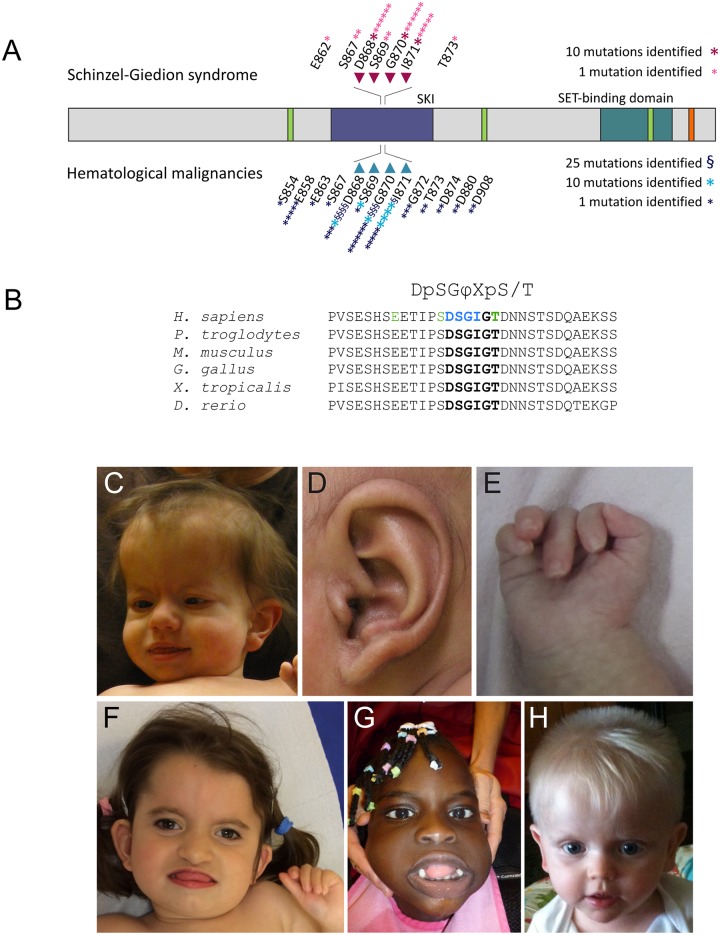Fig 1. Genetic and clinical characteristics of individuals with germline SETBP1 mutations and Schinzel-Giedion syndrome.
A. Schematic representation of the SETBP1 protein, indicating changes found in SGS and in hematologic malignancies. The residues of the canonical degron are highlighted with arrows. Protein domains of SETBP1 are shown in different colors with green corresponding to three AT hooks, purple to the SKI homologous region, blue to the SET binding domain and orange to a repeat domain (modified from Piazza et al.). B. Sequence alignment of the region containing the degron of SETBP1 (in bold) in human (Uniprot accession number Q9Y6X0), chimpanzee (H2QEG8), mouse (Q9Z180), chicken (A0A1D5PT15), african clawed frog (F6TBV9) and zebrafish (B0R147). The consensus motif for βTrCP1 substrates is shown on top, with φ representing a hydrophobic residue and X any amino acid. Residues in which pathogenic germline mutations have been identified in classic SGS are highlighted in blue, while residues in which novel mutations leading to an atypical form of SGS are shown in green. C. Distinctive facial features encountered in classic SGS (current case 9 at 1,5 years of age). D. Typical question mark-shaped ear observed in current case 18. E. Characteristic hand posture with clenched fingers from current case 16. F. Facial features of current case 27 with a mutation in SETBP1 residue S867 at 4 years of age. Note the clenched fingers. G. Facial features of current case 28 with a mutation in SETBP1 residue E862 at 5 years of age. H. Facial features of current case 29 with a mutation in SETBP1 residue T873 at the age of 23 months.

